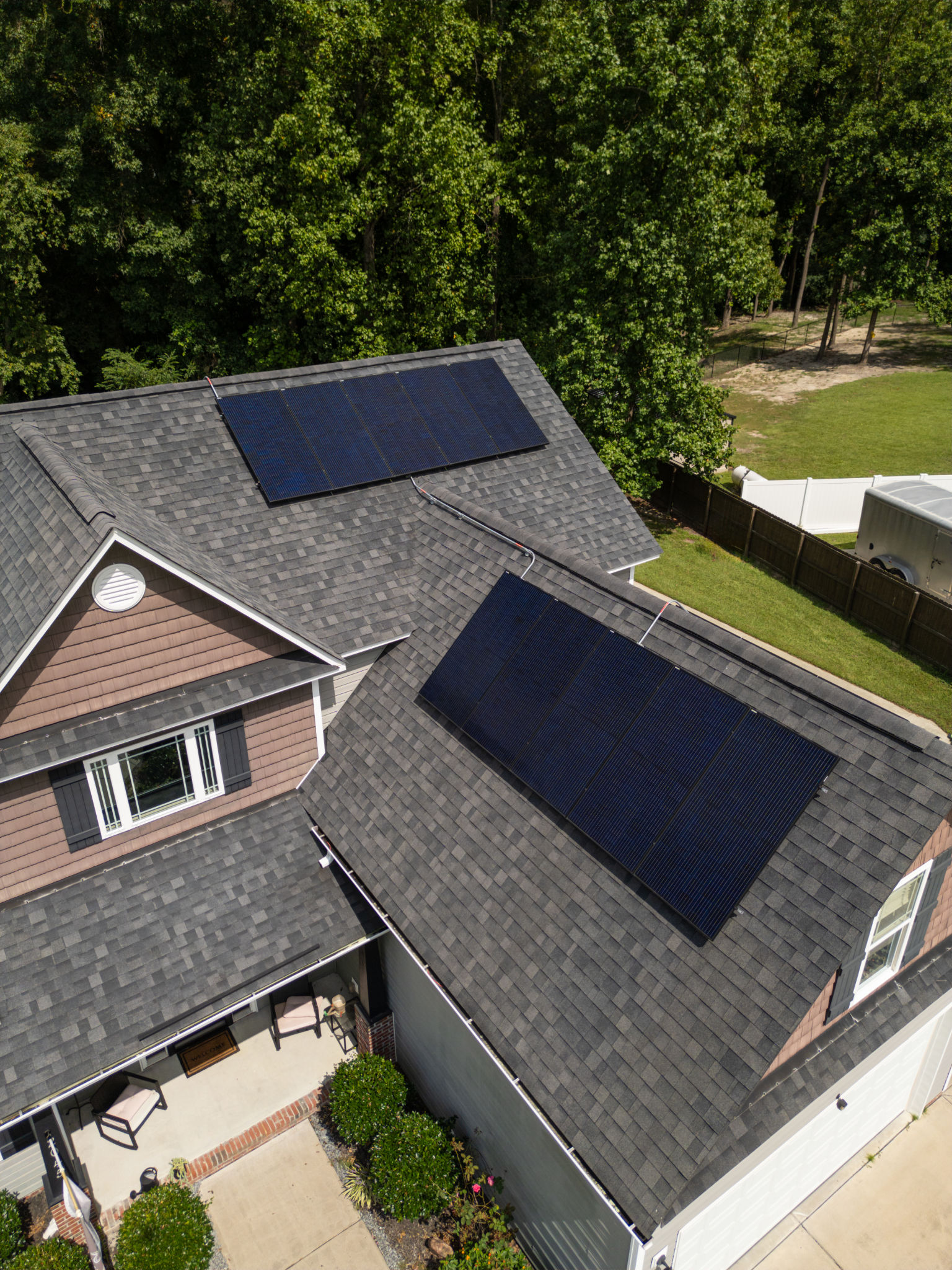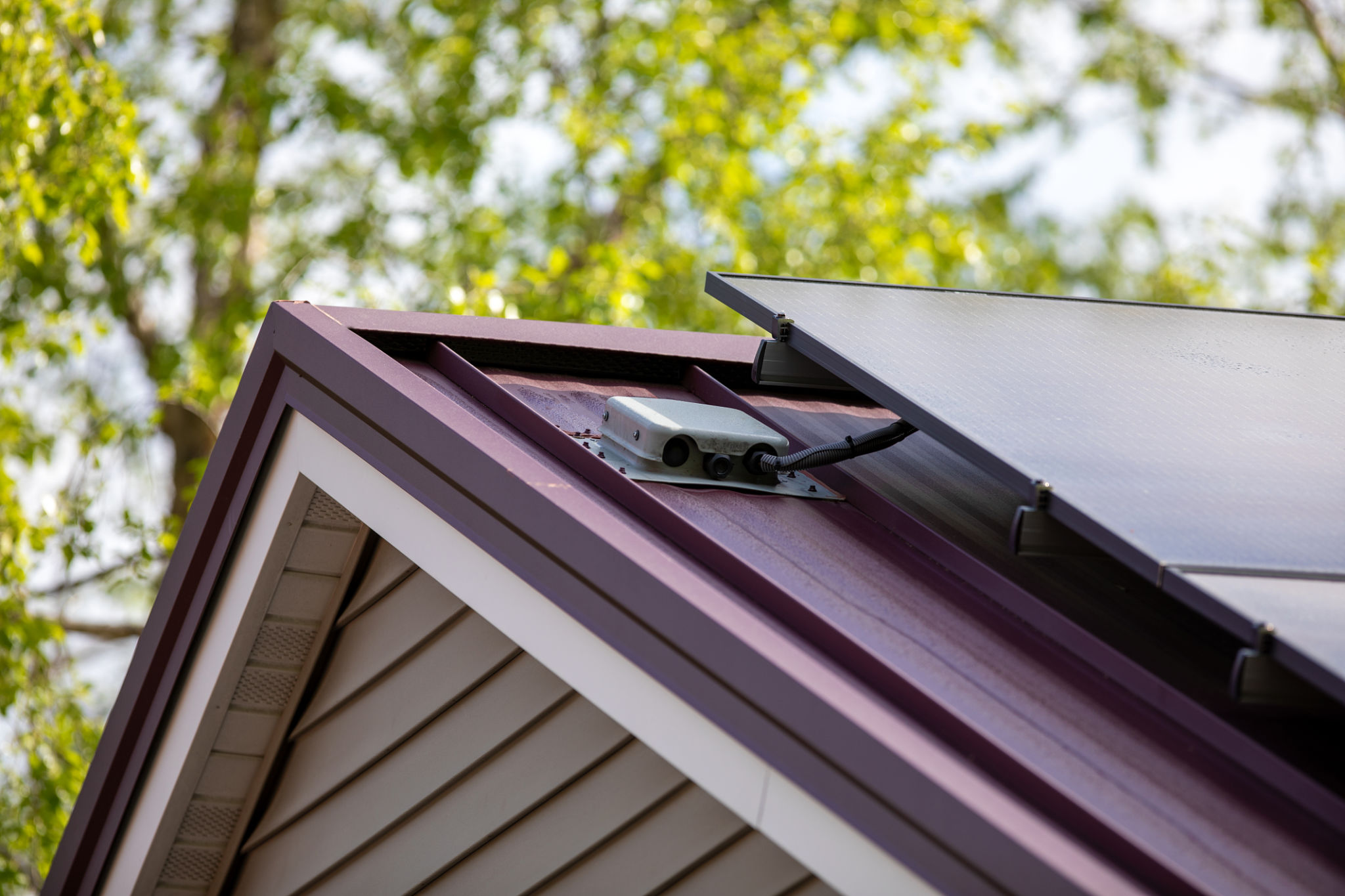Preparing Your Home for Solar Installation: A Step-by-Step Guide
Understanding the Benefits of Solar Energy
Solar energy is not only a sustainable and renewable resource but also an excellent way to reduce your carbon footprint and lower your electricity bills. By installing solar panels, you're taking a proactive step towards a greener future while potentially increasing your home's value. However, before you can start enjoying these benefits, you need to prepare your home for solar installation.

Assess Your Energy Needs
The first step in preparing for solar installation is to assess your current energy usage. Understanding how much energy your household consumes will help you determine the number and type of solar panels you need. You can find this information on your electricity bills, which typically provide a month-by-month breakdown of your energy consumption.
Conduct a Home Energy Audit
Conducting a home energy audit can further help identify areas where you can improve energy efficiency. This might include upgrading insulation, sealing leaks, or replacing old appliances with energy-efficient models. By reducing your overall energy consumption, you can optimize the efficiency of your solar system.
Evaluate Your Roof's Suitability
Your roof's condition and orientation are crucial factors in solar panel installation. Ensure that your roof is in good shape and can support the weight of solar panels. Ideally, solar panels should be installed on a roof that faces south or southwest to maximize sun exposure.

Consider Roof Repairs or Replacement
If your roof is nearing the end of its lifespan or has structural issues, it may be wise to perform necessary repairs or replacements before installing solar panels. This will prevent the need for future panel removal and reinstallation, saving time and money in the long run.
Research Regulations and Permits
Before proceeding with installation, familiarize yourself with local regulations and permit requirements. Solar installations often require permits from your local government or utility company. Understanding these requirements early on will help streamline the process and avoid potential delays.
Check Homeowner Association Guidelines
If you live in a community with a homeowner association (HOA), check their guidelines for solar installations. Some HOAs have specific rules regarding the appearance and placement of solar panels, so it's essential to ensure compliance.

Choose a Reliable Installer
Selecting a reputable solar installer is critical to ensuring a successful installation. Look for certified professionals with experience in residential solar projects. A skilled installer will assess your home's specific needs, recommend the right system, and handle all aspects of installation efficiently.
Get Multiple Quotes
Always obtain multiple quotes from different installers to compare prices, services, and warranties. This will give you a better understanding of the market and help you make an informed decision.
Prepare for Installation Day
Once you've chosen an installer and obtained necessary permits, it's time to prepare for installation day. Clear any obstacles around your home that might hinder the installation process. This includes trimming overhanging trees and removing debris from your yard.
Ensure that there is clear access to your roof and electrical panels for the installation team. A little preparation goes a long way in ensuring a smooth and efficient installation process.
